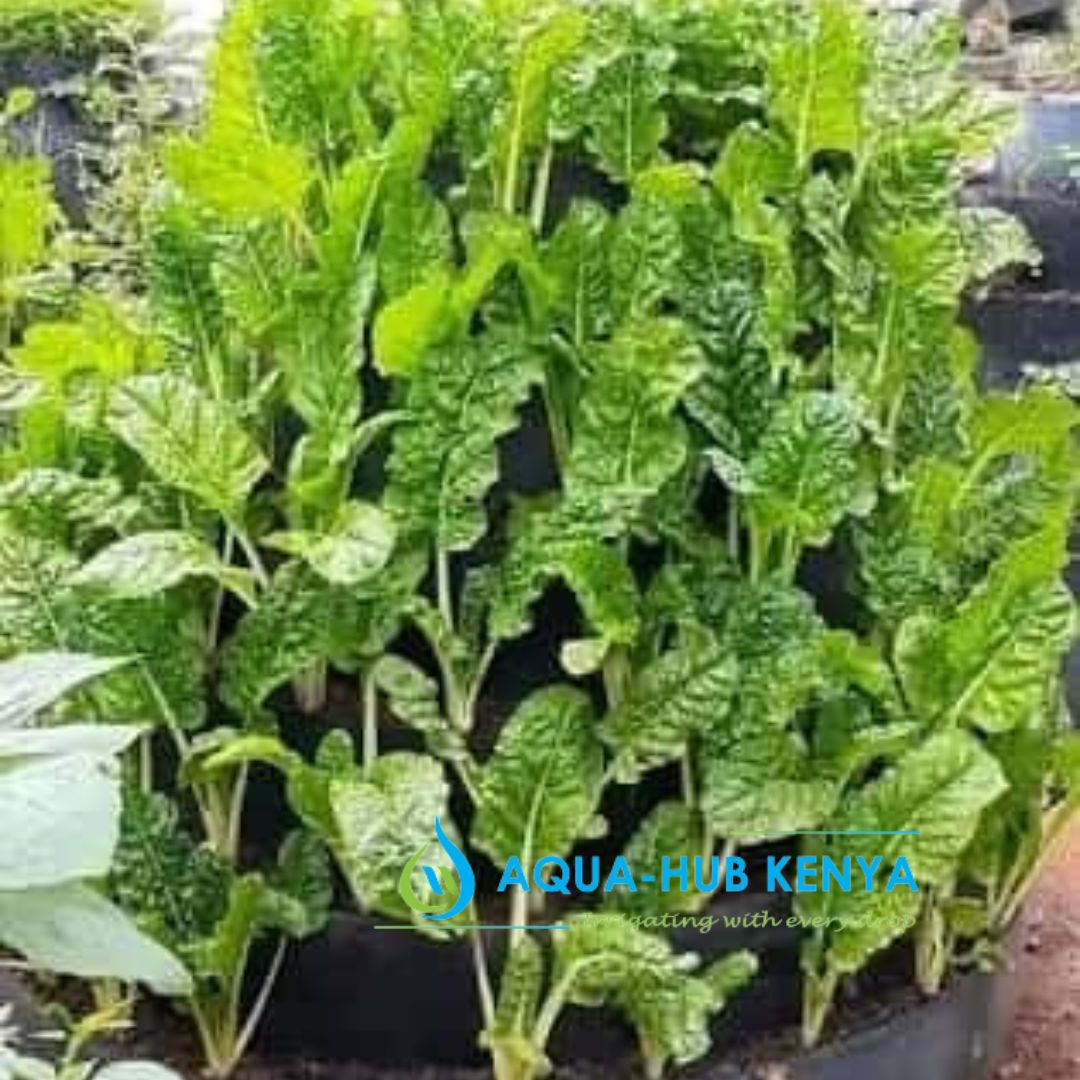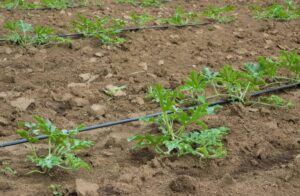Multi-storey gardens are new ways of backyard vegetable farming to boost the propagation of vegetables. Aqua Hub Kenya offers affordable small-scale garden solutions to farmers at affordable costs.
Benefits of Multi Storey Gardens
The benefit is that it utilizes space while at the same time lowering the cost of production, leasing, and purchase of vegetable from local groceries. It also lowers the water losses through evaporation.
Labour requirements are also reduced, as less weeding, irrigation and pesticides applications are less needed.
It is a good venture for urban and semi-urban areas, to maximize vegetable production on small space limitation.
Which Planting Medium to use?
The best propagation soil to use on a multi-storey garden is coco peat. The soil type has excellent water and nutrient holding capacity to sustain growth of vegetable.
The growth structure needs a good planting media that can retain water especially for plants on the top layers. Highly permeable soil can result in slow growth and wilting of vegetable in the structure.
You can use animal manure or compost manure to boost soil fertility on your multi-storey gardens. But that will depend on the type of soil on your area. Common soil to add manure is loam and slightly sandy soils with less acidic properties.
Which Types of Vegetables and Crops are Suitable?
- Spinach
- Kales
- Onions
- Tomatoes
- Cabbage
- Peas
- Pumpkins
How to Grow plants on a Multi Storey Garden
You can propagate vegetables directly from seeds or prepare first under a seedbed.
Preparing seeds on a bed then transplant later is the best way to grow vegetables on a multi-storey garden.
Features of a Multi-storey garden
- A multi-storey garden has a circular pyramid like bases filled that reduces in size from down to top.
- The structure can contain 6–8 layers so long as they are stable.
- Multi-storey gardens use dam liners to hold soil particles together for vegetable growing. The suitable dam liners to use are 0.75 mm to 1 mm in thick for stability and long lifespan.
- Soil is mixed with manure on a ratio of 1:1 and topsoil added to the top surfaces.
- Flexible and high-water utilization. You can use less water to irrigate crops on multi-storey buildings.
- Vegetable drip Kit for supplies irrigation water to the plants.
- The structures are durable for a long time can go up to 5 years of productivity. From season-to-season vegetable production without getting damaged or detaching.
How to irrigate Multi Storey Gardens
Drip irrigation is the best irrigation system to use on multiple storey gardens. Due to the precise and slow water application, it does not wet or leach the soil. Increases it allows for better wetting of the soil and good moisture absorption.
PE Drip horses are folded and installed on the layers of the multi-storey gardens. The drip lines are then connected to the mainline connection.
Prices of Multi Storey Gardens in Kenya
The cost of purchasing a multi-storey garden in Kenya depends on the size of the structure, and number of layers. We sell at costs KES 3,800.
Where to Get Multi Storey Gardens in Kenya
Aqua Hub Kenya sells custom-made multi-storey gardens at low costs.
Call 0790719020





